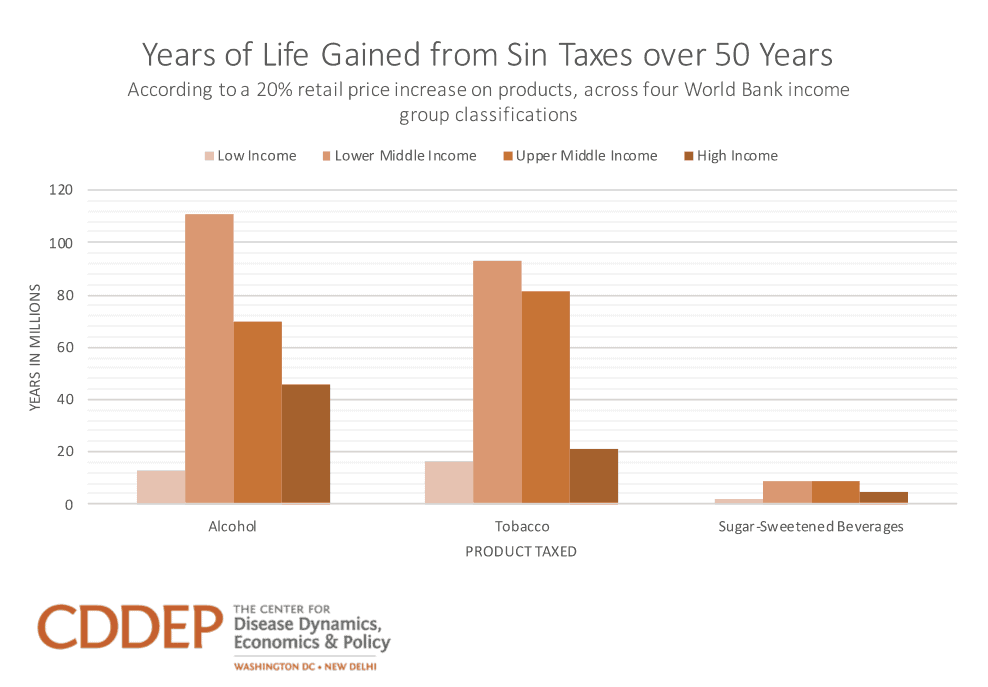September 09, 2019

Maternal quinolone use linked to increased quinolone resistance in children. A case-control study using data between 2010 and 2017 identified a link between maternal quinolone use and Gram-negative quinolone resistance in Israeli children. Quinolone resistance detected in children was associated with previous prescription of antibiotics as well as maternal prescription of quinolones (OR= 1.54, 1.50). [Clinical Infectious Diseases]
TB screening for UK immigrants decreases TB incidence. Researchers from London evaluated the effectiveness of pre-entry active tuberculosis and post-entry latent tuberculosis screening among migrants entering the United Kingdom from 66 countries with high TB incidence. The study found that pre-entry active TB screening, primary care registration, and post-entry latent TB screening were all associated with decreased TB incidence among the immigrants. Migrants who settled into socioeconomically well-off areas had a reduced risk of TB (incidence rate ratio= 0.74), and migrants who waited one or more years to become registered in primary care after arrival had an increased risk of active TB (incidence rate ratio= 2.96). [The Lancet Infectious Diseases]
Reducing emissions from antibiotic manufacturing. The United Nations Development Program (UNDP), Stockholm International Water Institute (SIWI), Centrient Pharmaceuticals, and Recipharm have launched the Reducing Emissions from Antibiotics Production (REAP) initiative to improve pharmaceutical manufacturing practices. The initiative aims to reduce antibiotic emissions from pharmaceutical production, which acts as a driver for antimicrobial resistance. [SPHS]
Overuse of antibiotics in end-of-life patients with advance directives. Results from an Israeli study indicate that antibiotics are overused in end-of-life (EOL) patients with advance directives. Almost 75 percent of these EOL patients received antibiotics in their last 2 weeks of life, and almost 30 percent tested positive with drug resistance cultures. Antibiotic overuse by physicians in EOL patients with advance directives was associated with fewer consultations with infectious disease (ID) physicians, and ID physicians had higher exhaustion levels than other medical specialties. [Infection Control and Hospital Epidemiology]
The spread of carbapenem-resistant Klebsiella across long-term care hospitals. Scientists in the US applied whole genome sequencing to 451 carbapenem-resistant Klebsiella pneumoniae (CRKP) isolates from long-term acute care hospitals (LTACHs) to map the spread of CRKP across patients and healthcare facilities. Results indicate that a majority of isolates tested (>90 percent) shared the same lineage that is responsible for most of the carbapenem-resistant Enterobacteriaceae infections reported in US hospitals (ST258). CRKP transmission was consistent with patient transfers between LTACH facilities, and high transmission rates were identified between facilities within close geographic proximity. Carbapenem use, malnutrition, old age, and dialysis were all associated with CRKP colonization and infection in high transmission facilities. [Antimicrobial Agents and Chemotherapy, CIDRAP]
Trends in global HIV mortality, incidence, and prevalence. A new study shows that HIV mortality peaked globally in 2006 with 1.95 million deaths, and HIV incidence peaked globally in 1999 with 3.16 million new cases; both of which have since decreased in 2017. There were 36.8 million people living with HIV around the world in 2017. Forecasts show that only 12 countries will reach the UNAIDS target of 90 percent antiretroviral therapy (ART) coverage by 2030, and very few countries will reach HIV incidence and mortality targets. [The Lancet HIV]
HIV-associated CVD mortality higher in women. Researchers assessed the rates of HIV-associated cardiovascular disease (CVD) deaths by sex in New York City between 2007 and 2017. The proportion of CVD deaths among HIV-positive individuals increased by 11 percent within the study period. Women had significantly higher rates of HIV-associated CVD mortality than men overall (adjusted rate ratio= 1.7 vs. 1.2), and by poverty level. [Clinical Infectious Diseases]
Online comments influence HPV vaccination behavior. Researchers in China conducted an analysis to evaluate the effect of positive and negative online comments regarding the human papillomavirus (HPV) vaccine on behavioral intentions among 239 Chinese female students. The study found that perceived HPV risk fully mediates the impact of online comments on vaccination intentions. Negative comments presented as a narrative increased behavioral intention to receive the HPV vaccine and increased perceived risk of HPV compared to negative comments presented descriptively (B= -0.2, -0.14). Positive comments, presented as a narrative or descriptively, did not have a significant impact on behavioral intention or risk perception. [Vaccine]
MERS spreads rapidly in closed settings. To assess the transmissibility of Middle East respiratory syndrome (MERS) in a closed setting, researchers collected samples from 828 residents in a women’s dormitory in Riyadh, Saudi Arabia between November 2015 and January 2016.MERS infection was identified in 19 residents, and attack rates of the infection varied by dormitory building, between 2.7 and 32.3 percent. Direct contact with a confirmed MERS case and sharing a room with a case were risk factors for infection, while the presence of an air conditioner in the bedroom was a protective factor against infection. [CDC MMWR]
Years of Life Gained from Sin Taxes over 50 Years. Researchers at CDDEP, working with the Task Force on Fiscal Policy for Health co-chaired by Michael Bloomberg and Larry Summers, estimated the number of deaths averted and years of life gained from a tax increase on tobacco, alcohol, and sugar-sweetened beverages. Globally, a 20 percent retail price increase from the taxes would produce a gain of 212.0, 238.9, and 23.6 million life-years over a 50-year span if levied on tobacco, alcoholic beverages, and SSBs, respectively. [CDDEP]












